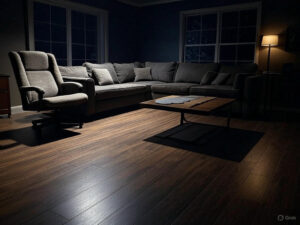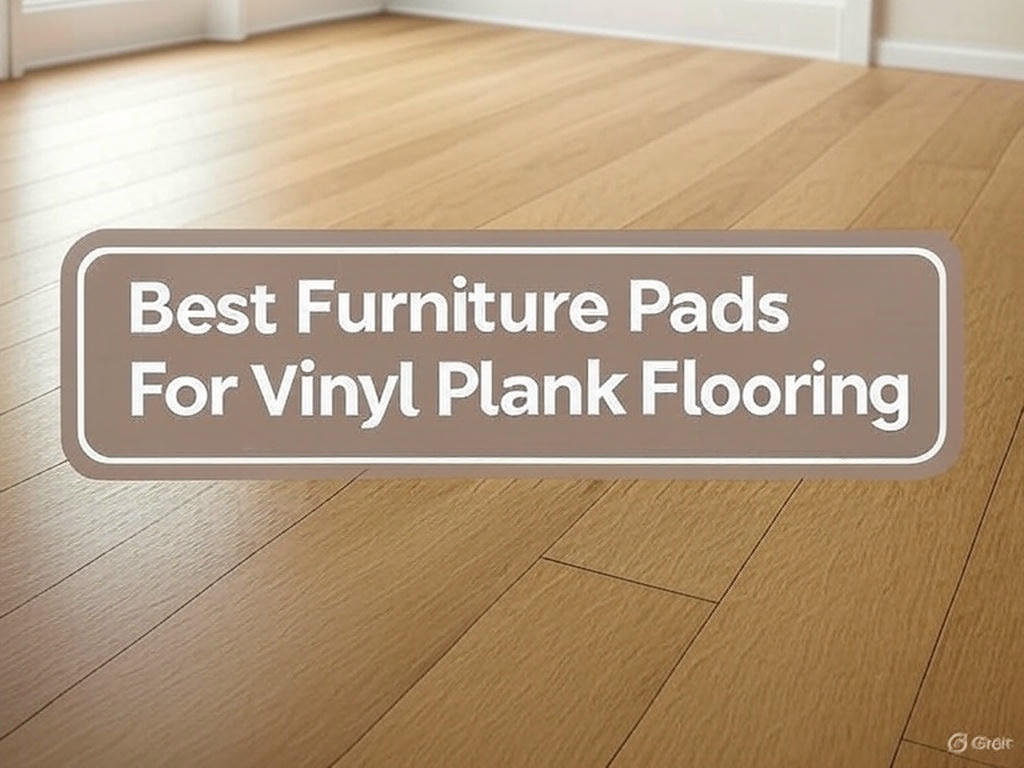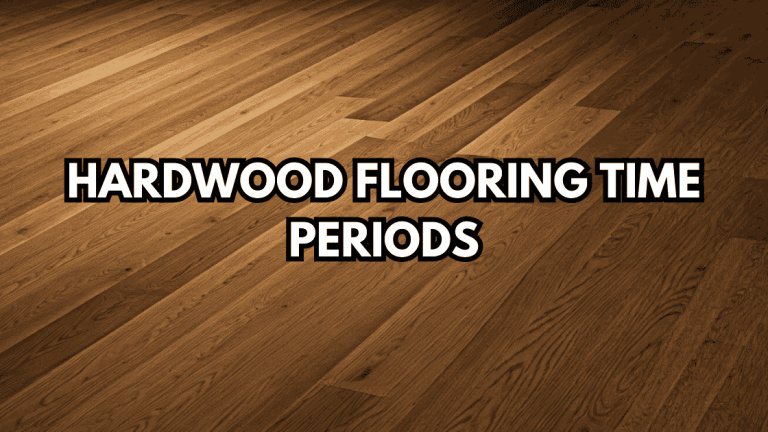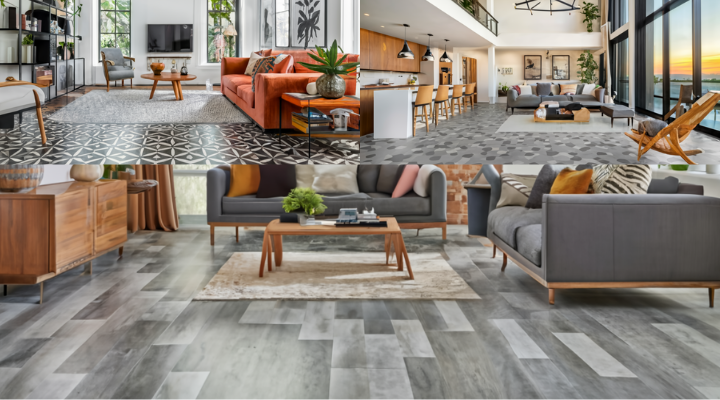Best Furniture Pads For Vinyl Plank Flooring
Protecting your beautiful vinyl plank flooring is crucial. This guide will help you choose the best furniture pads for vinyl plank flooring, covering everything from materials to sizes and ensuring your floors remain pristine for years to come.
Vinyl plank flooring, a popular choice for its durability and affordability, is nonetheless susceptible to damage. High-heeled shoes, heavy furniture, and even regular foot traffic can scratch or dent the surface if left unprotected. The top layer of a vinyl plank is relatively thin, making it particularly vulnerable compared to hardwood or tile. This is why using furniture pads is paramount to maintaining the pristine appearance of your floors and preserving their value. Many homeowners overlook this simple preventative measure, only to regret it later when facing costly repairs or replacements. I’ve seen firsthand how seemingly minor scratches can accumulate over time and significantly detract from the overall aesthetic appeal of a room. Think of it like a high-end car; regular detailing and protection from the elements greatly increase its longevity and resale value. Similarly, using appropriate furniture pads will help your vinyl plank flooring maintain its beauty and value.

Types of Vinyl Plank Flooring
Understanding the specific type of vinyl plank flooring you have is important in selecting the right furniture pads. There’s a range of thickness and construction methods, from luxury vinyl plank (LVP) with thicker wear layers to more budget-friendly options. Thicker planks generally require less intense protection, but even these benefit from furniture pads, especially under heavier items. The wear layer determines the flooring’s resistance to scratches and dents, but the presence of furniture feet without pads significantly increases the wear and tear regardless of the quality of the vinyl plank. For instance, a chair with metal legs can easily leave noticeable marks even on LVP, especially if frequently moved. Choosing the right furniture pads ensures that your investment in vinyl plank flooring is safeguarded. I recommend always checking the manufacturer’s guidelines for your specific flooring to determine the best protection strategy. This extra care helps to ensure the longest possible lifespan for your flooring.
Why Furniture Pads are Essential
The primary function of furniture pads is to distribute the weight of furniture evenly across the floor’s surface. This prevents concentrated pressure points that can lead to indentations, scratches, or even punctures. Imagine the weight of a heavy armoire concentrated on four tiny legs – the result would be significant damage! Furniture pads act as shock absorbers, reducing the impact of furniture movements. This is particularly important in high-traffic areas or when rearranging furniture frequently. Over time, the wear and tear from constant movement without proper padding can easily lead to noticeable damage. I once witnessed a friend’s beautiful vinyl plank flooring severely damaged by a constantly moving sofa. They weren’t using any pads, and it resulted in noticeable scratches and indentations that were impossible to fully repair. Using furniture pads is therefore a preventative measure that will save you considerable expense and frustration in the long run.
Choosing the Right Material for Your Furniture Pads
Felt Pads: A Classic Choice
Felt pads are a popular and widely available option. They’re soft, relatively inexpensive, and offer good protection against scratching. However, felt pads can compress over time, especially under heavier furniture, losing their effectiveness. The material also absorbs moisture, potentially staining the pads and the flooring. This makes felt pads unsuitable for exceptionally heavy furniture or areas prone to spills. While felt may be a good choice for lighter items, I find that they need to be replaced more frequently than other materials. For example, I use felt pads on my smaller end tables, but for my heavier sofa, I prefer something more durable. They’re not always a good fit for high-moisture environments, either.
Silicone Pads: Superior Protection
Silicone furniture pads are a step up from felt. They’re durable, waterproof, and resistant to compression. They provide excellent protection against scratches and indentations. Moreover, their non-stick surface prevents them from sticking to the floor, making them easier to move or remove. Their cleanability is another significant advantage – simply wipe them clean! Silicone pads provide superior protection and longevity compared to felt, proving a worthwhile investment for heavier furniture. They’re my preferred option for furniture that gets moved frequently or is particularly heavy. Their ability to withstand constant movement and clean easily makes them the most practical choice in the long run.
Rubber Pads: Robust and Durable
Rubber pads, often made from a high-quality material such as non-marking neoprene or hard rubber, are ideal for heavy furniture and high-traffic areas. They offer robust protection against scratches and indentations, especially on heavier furniture. However, some types of rubber can leave marks on the floor, so it’s vital to choose non-marking rubber pads. The inherent durability of rubber pads allows them to handle heavy weight and repeated movement without losing their effectiveness. I use hard rubber pads under my dining table, where constant movement is a factor, and they have performed flawlessly. Their cost-effectiveness is also a great benefit, as these pads usually last for many years with proper care.
Considering Size and Shape
Choosing the Right Size
The size of your furniture pads should match the size and weight of the furniture legs. Larger pads distribute weight more effectively, offering superior protection. For heavier furniture, consider using multiple pads under each leg to increase stability and distribute the weight even more evenly across the floor. Too-small pads can concentrate pressure, defeating the purpose of using them in the first place. I’ve learned through experience that it’s better to err on the side of caution and use slightly larger pads than necessary.
Different Shapes for Different Legs
Furniture legs come in various shapes and sizes, requiring pads to match. Round pads are the most common and suitable for most round or square legs. However, square or rectangular pads are better for those with angular feet to ensure full coverage and even weight distribution. Using square pads for round legs might not fully utilize their protection capabilities, potentially still putting stress on certain points. Custom-fit pads are available for particularly unusual leg shapes to maximize protection.
Impact of Furniture Weight
The weight of your furniture significantly influences pad selection. Lightweight items might only need felt pads. But heavier pieces, like sofas, armoires, or dining tables, demand more substantial protection from silicone or rubber pads, especially if they’re frequently moved. Ignoring this aspect could lead to irreversible damage. I remember my grandmother’s heavy antique dresser, which had left deep dents in her vinyl floor because of inadequate protection. Choosing appropriately sized and material pads is vital for all furniture, but it’s crucial for heavier items.
Installation and Maintenance
Proper Application
Most furniture pads have a self-adhesive backing. Before applying, clean the furniture legs and the floor surface to ensure proper adhesion. Proper placement is crucial; align the pads carefully to maximize weight distribution and reduce pressure points. Press firmly to ensure the pads adhere securely to the furniture. Avoid air bubbles, which will reduce the effectiveness of the pads. I’ve found that applying gentle pressure for a few seconds after placement ensures a secure bond.
Regular Cleaning and Replacement
Regularly inspect your furniture pads for signs of wear and tear. Replace them if they become worn, compressed, or dirty. This will maintain their protective capabilities and keep your flooring looking its best. Cleaning the pads periodically, depending on the material, can prolong their lifespan. Felt pads might require replacement more often than silicone or rubber ones. Remember, a proactive approach with regular checks and timely replacements will ultimately save you from more expensive floor repairs.
Considering Environmental Factors
High-moisture areas require waterproof pads like silicone. This is a must in kitchens, bathrooms, or laundry rooms to prevent damage from spills. Likewise, rooms with high foot traffic may require more frequent pad replacement. Considering these factors is critical for maximizing protection and extending the lifespan of your vinyl plank flooring.
Beyond Furniture Pads: Additional Protection
Area Rugs
Area rugs can offer additional protection for your vinyl plank flooring, especially under high-traffic areas. They cushion the floor from impacts and conceal potential scratches or damage that might already exist. Choosing the right rug is also crucial. Natural fiber rugs can sometimes shed fibers that get embedded into the vinyl, while the fibers themselves can cause additional wear. For this reason, I prefer low-pile rugs made from durable synthetic fibers.
Floor Protectors
Chair mats are a particularly useful floor protector for areas with rolling office chairs. They’re designed to protect flooring from both static pressure and movement, offering a layer of protection against scratching and denting. They’re especially helpful in areas where chairs are frequently moved. However, ensure the chair mat’s material is compatible with your vinyl plank flooring and is of a durable type to prevent additional issues.
Routine Floor Maintenance
Regardless of your choice of furniture pads and other protections, regular floor cleaning and maintenance are essential. Regular vacuuming or sweeping prevents dirt and debris from accumulating and scratching the surface. Use the appropriate cleaning products specifically designed for vinyl plank flooring, as harsh chemicals can cause damage. This holistic approach is the most effective strategy for maintaining your flooring’s pristine condition.

Choosing the Best Pad for Your Needs
Factors to Consider
Selecting the perfect furniture pads requires considering multiple factors: the weight of your furniture, the type of furniture legs, the flooring type, and the level of protection needed. Assessing your personal needs is crucial before making a decision, and ensuring compatibility between pad and flooring is essential.
Comparison Table
| Feature | Felt Pads | Silicone Pads | Rubber Pads |
|---|---|---|---|
| Cost | Low | Medium | Medium-High |
| Durability | Low | High | High |
| Water Resistance | Low | High | Medium |
| Scratch Protection | Medium | High | High |
| Best for | Lightweight furniture | Medium to heavy furniture | Heavy furniture, high-traffic areas |
Making the Right Choice
By considering the factors above and using the provided table, you can make an informed decision about the best furniture pads for your vinyl plank flooring, ensuring its long-term protection.
Frequently Asked Questions
What are the best furniture pads for vinyl plank flooring?
The best furniture pads for vinyl plank flooring depend on several factors, including furniture weight and frequency of movement. For lighter items, felt pads might suffice. However, for heavier furniture or high-traffic areas, silicone or rubber pads offer superior protection and longevity. Silicone pads are excellent for their water resistance, while high-quality rubber pads offer exceptional durability. Learn more about the properties of different pad materials to make the best choice for your needs.
How often should I replace my furniture pads?
The frequency of replacement depends on the material and level of wear. Felt pads may need replacing more frequently due to compression and moisture absorption. Silicone and rubber pads, being more durable, typically last longer. Regularly inspect your pads for signs of wear, such as flattening, tears, or discoloration. If they show any signs of significant wear or damage, replace them promptly to maintain effective floor protection.
Can I use furniture pads on all types of vinyl plank flooring?
While furniture pads are generally safe for most vinyl plank flooring, always refer to your manufacturer’s instructions. Some specialized vinyl planks may have specific recommendations regarding pad types and materials. Using unsuitable pads could void warranties or potentially damage the flooring. It’s essential to check before you buy and apply any pads to ensure you’re using compatible protection.
What size furniture pads should I choose?
The size of the pads should be slightly larger than the furniture legs they’ll cover. Larger pads distribute weight more effectively, reducing the risk of indentations. For heavier furniture, consider using multiple pads per leg. Ensure they’re also appropriate for the leg shape to maximize coverage and protection.
Are silicone pads better than felt pads?
Generally, yes. Silicone pads offer superior durability, water resistance, and scratch protection compared to felt pads. Felt pads are more prone to compression and moisture absorption. While felt pads are more budget-friendly, the long-term cost savings and protection offered by silicone pads often make them the better investment, especially for heavy furniture.
Will furniture pads prevent all damage to my vinyl plank flooring?
While furniture pads greatly reduce the risk of damage, they won’t prevent all damage. Extreme impacts or sharp objects can still potentially scratch or dent your flooring. Combining furniture pads with other protective measures like area rugs and regular cleaning provides the most comprehensive approach to protecting your vinyl plank flooring.
Can I wash my furniture pads?
The washability of furniture pads varies depending on the material. Silicone pads are generally easily cleaned with a damp cloth. Felt pads, however, may be harder to clean effectively and are more likely to absorb stains. Rubber pads can often be wiped clean. Check the manufacturer’s instructions for specific cleaning guidelines. Always ensure the pads are completely dry before placing them back under furniture.
Final Thoughts
Protecting your vinyl plank flooring is a long-term investment that pays off in preserving its beauty and value. Selecting the right furniture pads is crucial for this, and choosing between felt, silicone, or rubber pads depends entirely on your specific needs. Consider the weight of your furniture, frequency of movement, and the overall environment. Remember that a proactive approach, including regular inspection and replacement of the pads, coupled with other protective measures and diligent floor maintenance, will significantly extend the lifespan of your beautiful flooring. Protect your investment today and enjoy your floors for years to come.













